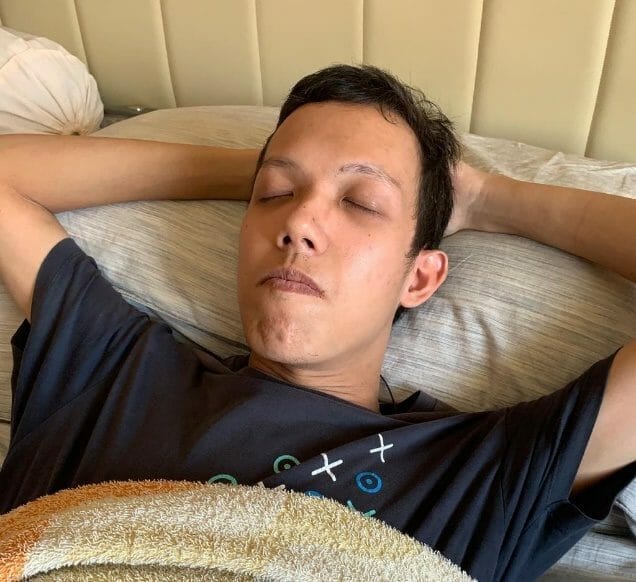Suppose a Miracle Happened While You Were Asleep
- September 1, 2020
- Admin
- 0

There are lots of stories that talked about the difficulties to make change happen; whether it is about quitting smoking, becoming more patient, or waking up earlier.
However, there is a way to make change a little more bearable when we believe that the change we intend to make is already happening when we are prepared to spot it.
This is what this title is all about, that change is taking place “while we are asleep, so to speak”!
We need not go far for there are already many ongoing changes: the physical changes we face as we grow older, the progress of the different seasons year after year although they contain unpredictable elements: the differences in severity of the seasons and the various ways in which times takes its toll on our bodies.
Let me ask you a question:
Suppose you have received feedback from the last 100 students you have taught where 90 percent of the evaluations are favourable and 10 percent are negative. You are going to follow up with in-depth interviews and can only talk to one group of people.
Which group will you want to interview? The 90% one or the 10% one?
The answer is the 90% group because things are already working well for them (and not focusing on the 10% where things are not working for them).
Hence, we should move away from paying attention on what is not working, but on what is already working.
As coaches or leaders, we make use of platform-building questions while in any problem-solving dialogues with these questions:
- What do you want to achieve today?
- How will you know that you have made some progress?
- What would be the payoff from solving this problem?
- How confident are you that something can be done about this?
- When you have tackled this kind of problem before, what was it that was most helpful?
- What skills and resources did you discover then?
- What has been going well for you?
This last question leads us in the direction of “problem-free talk,’’ which can generate evidences of resources, skills and positive events already happening.
Another way to make change easier is to start with you. You cannot change other people’s behaviour, but you usually need to start by changing your own. If you are up for that, you are the customer for change to happen.
The issue is often that we push for someone to make the change, rather than be the agent of change, ourselves. This is a natural state, but it is difficult to imagine how to make a difference unless we are willing to play at least some parts ourselves.
So be the customer yourself and to be willing to do something differently, to start or to stop doing something.
In my work as a coach for organisational change, I like to reposition the senior managers as the customers for change in the way of their attitude and behaviours. In this way, they can influence the middle managers and others to make the change.
So change is not so difficult when we look for things that are already working and when we set ourselves up as the customer for the change itself before others. There is an adage that says about this very well: Work on what you can control than with what you cannot control. This happens to be you and me!
CONTACT FOR FURTHER INFORMATION
Call 03-62054488 or log in www.corporate-coachacademy.com for programme details. Live and virtual coach-learning is available. To register, copy and paste this link https://bit.ly/2uISyCx. Log in http://mikeheah.com to read Stories That Coach. You are invited to attend the 26 September virtual Coach Community Roundtable on ‘The Satir Model of Emotion Coaching’